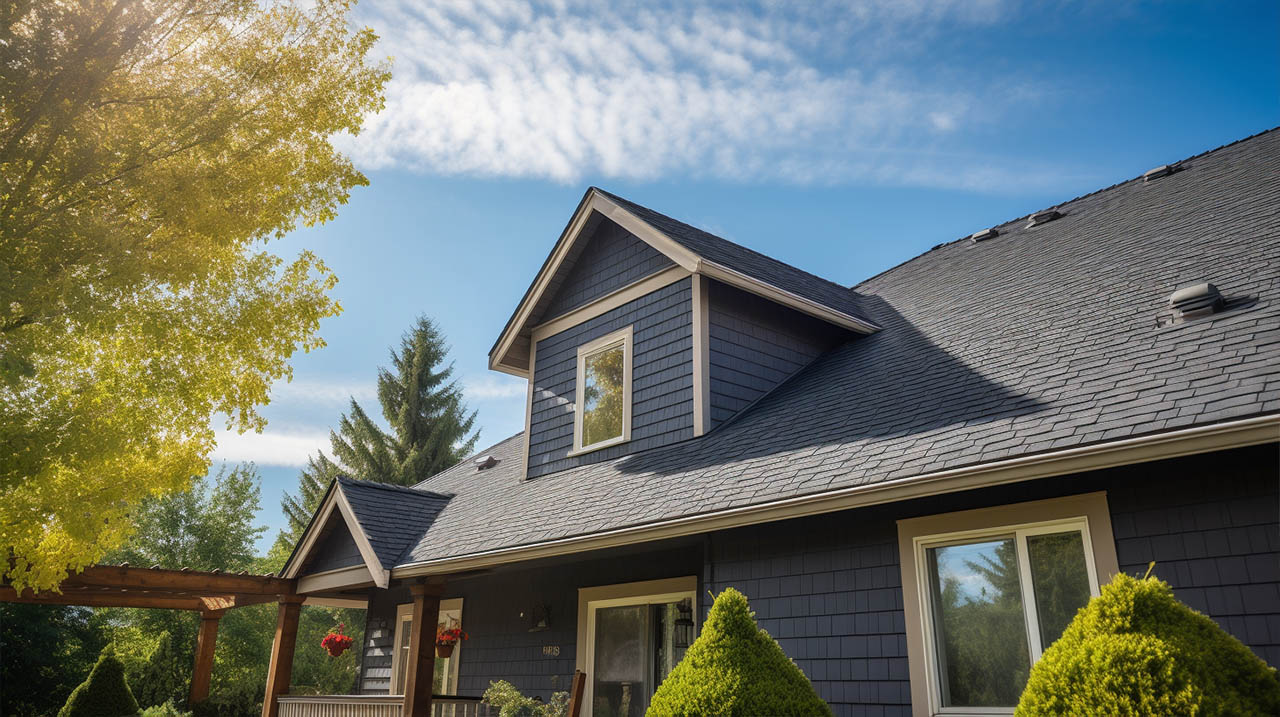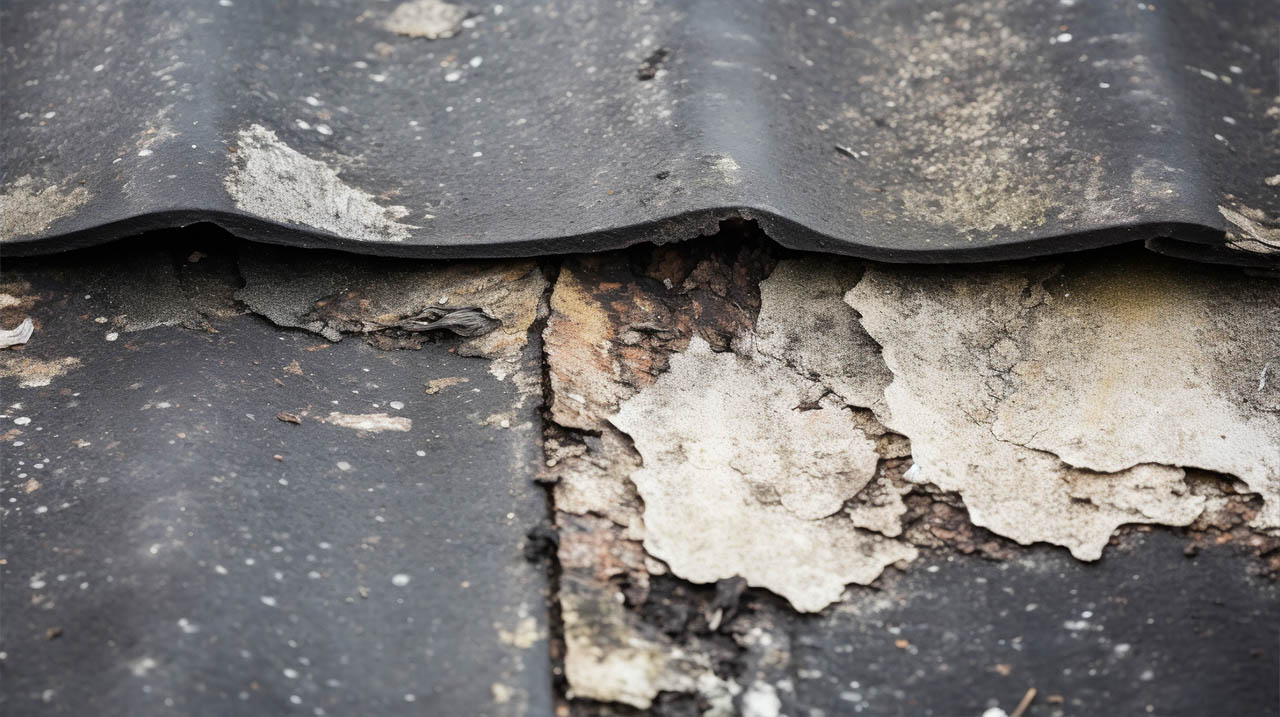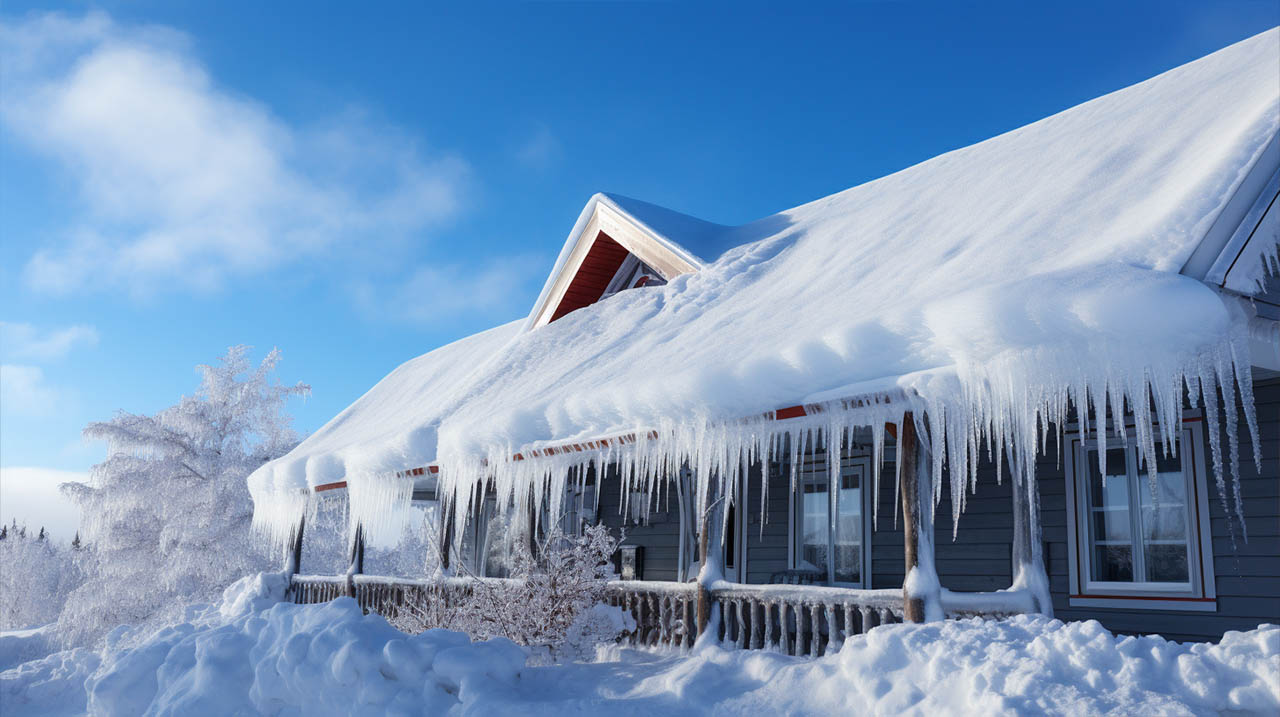Roof underlayment plays a pivotal role in safeguarding your home from the elements. It acts as a barrier, preventing water and moisture from seeping into the structural components of your roof. Understanding the different types of underlayment is crucial for homeowners, as it ensures the longevity and durability of the roof. Here, we delve deep into the three primary types of roof underlayment and their unique features.
1. Asphalt-saturated Felt: The Classic Choice
Asphalt-saturated felt, commonly referred to as tar paper or felt paper, was once the go-to option for roof underlayment. Comprising mixtures of asphalt, polyester, cellulose, or bitumen, this type of underlayment boasts a flexible base layer known as the basemat. The basemat in felt paper is rendered water-resistant through asphalt saturation, ensuring optimal protection against moisture.
2. Rubberized Asphalt: The Premium Protector
Rubberized asphalt underlayment stands out for its superior waterproofing capabilities. Infused with high amounts of rubber polymers and asphalt, this underlayment offers a 100% waterproof seal. While it is undeniably effective, homeowners should note that it is also the priciest option available.
3. Synthetic Underlayment: The Modern Marvel
Synthetic underlayment has rapidly gained popularity and is now a favorite among homeowners and roofing contractors in Columbia MD. This underlayment type is crafted with an asphalt-saturated basemat, further enhanced with a blend of fiberglass. The result is an underlayment that is not only highly water-resistant but also boasts increased strength and tear resistance. Premium synthetic underlayment variants even come with anti-slip properties, ensuring safety during installation.
The Threats: Wind-driven Rain and Ice Dams
Wind-driven rain and ice dams pose significant threats to roofs. These elements can force water beneath the roof’s exterior, be it shingles, slate, tile, cedar shake, or metal. Without a waterproof barrier, this can lead to extensive damage. Wind-driven rain has the potential to push water up a roof’s slope, sneaking beneath the shingles. In colder climates, ice dams form on gutters and eaves due to freeze-melt cycles, leading to trapped water that can seep into the deck if not adequately sealed.
The Ultimate Defense: WinterGuard® Waterproofing Shingle Underlayment
For homeowners seeking the best protection against the aforementioned threats, WinterGuard® waterproofing shingle underlayment is the answer. This composite material, made of asphalt polymers, is shaped into a rolled sheet. Its unique composition ensures it remains vapor-tight, with the polymers adding elasticity and stickiness. This barrier can stretch and seal around nails, ensuring a watertight seal. Proper placement of WinterGuard, extending at least 24″ past the interior wall line at the eave, provides the first line of defense against water penetration.
At Kanga Roof, we understand the importance of a robust roofing system. As a leading roofing company in Columbia MD, we prioritize the use of top-quality materials, ensuring your home remains protected against the elements. Whether you’re considering roof replacement in Columbia MD or simply seeking expert advice, Kanga Roof is here to assist. With our expertise and commitment to excellence, your home’s roof is in safe hands.







